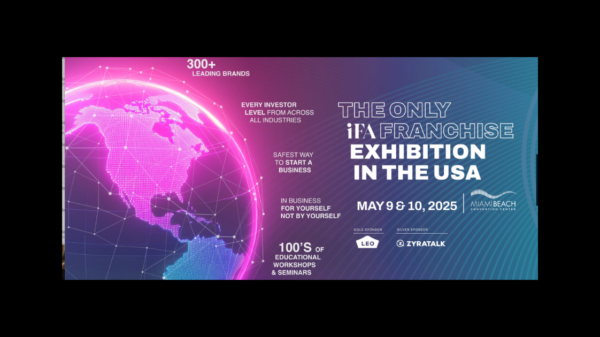Online grocery sales are expected to grow at an annual rate of 8.9% through 2029, significantly surpassing the projected 1.7% annual growth for in-store sales, according to a new forecast by market research firm Brick Meets Click.
The report, titled “U.S. Grocery Sales 5-Year Forecast: 2025–29,” predicts that online purchases will account for 17% of all grocery sales by 2029. This growth is anticipated to contribute nearly half of the total dollar growth in the grocery market during this five-year period, with more than 50% of the total gains occurring in 2029 alone.
David Bishop, a partner at Brick Meets Click, highlighted that large mass retailers dominate the online grocery market. “Mass retailers, particularly Walmart, now account for nearly 50% of e-grocery sales, excluding Sam’s Club,” Bishop stated. He also pointed out that the report includes ship-to-home sales, a channel that many traditional grocers do not offer. He encouraged companies to use the national data as a framework for evaluating local market conditions and identifying competitive and demographic trends.
Immigration and Tariffs Could Impact Sales
The report warns that policy changes could hinder the growth of online grocery sales. A decline in immigration—such as the 9% drop observed during the first Trump administration—could result in a 54 basis point reduction in the compound annual growth rate (CAGR) for online grocery sales.
Additionally, recent financial reports from companies like Coca-Cola and Constellation Brands, the maker of Modelo beer, indicate a decrease in spending among Hispanic consumers. This pullback may be influenced by factors such as immigration policies, tariffs, and consumer boycotts.
Delivery Leads Online Growth
Delivery continues to be the main driver of online grocery growth. In 2024, online sales increased by 9%, boosted by widespread promotions aimed at encouraging digital orders. This momentum has also carried into 2025, according to the report.
SNAP Cuts Could Hinder Future Growth
Proposed cuts to the Supplemental Nutrition Assistance Program (SNAP) could pose significant challenges. Currently, 17% of households in the U.S. rely on SNAP benefits, so any reduction in funding could greatly affect grocery sales.
Federal proposals include a $230 billion cut to the U.S. Department of Agriculture, which oversees SNAP. Additionally, a report from the Republican Study Committee in 2024 suggested a 22% reduction in the program’s funding. Some states have also received federal permission to limit the types of products that can be purchased with SNAP benefits, including sugary drinks and candy.
A Shifting Retail Landscape
Bishop observed that the grocery industry has experienced significant changes in recent years. “Before the pandemic, online grocery shopping was primarily about convenience. During the pandemic, it focused on health and safety. Today, it centers on saving both time and money,” he said. “These shifting priorities continue to influence where and how people shop for food.”



















